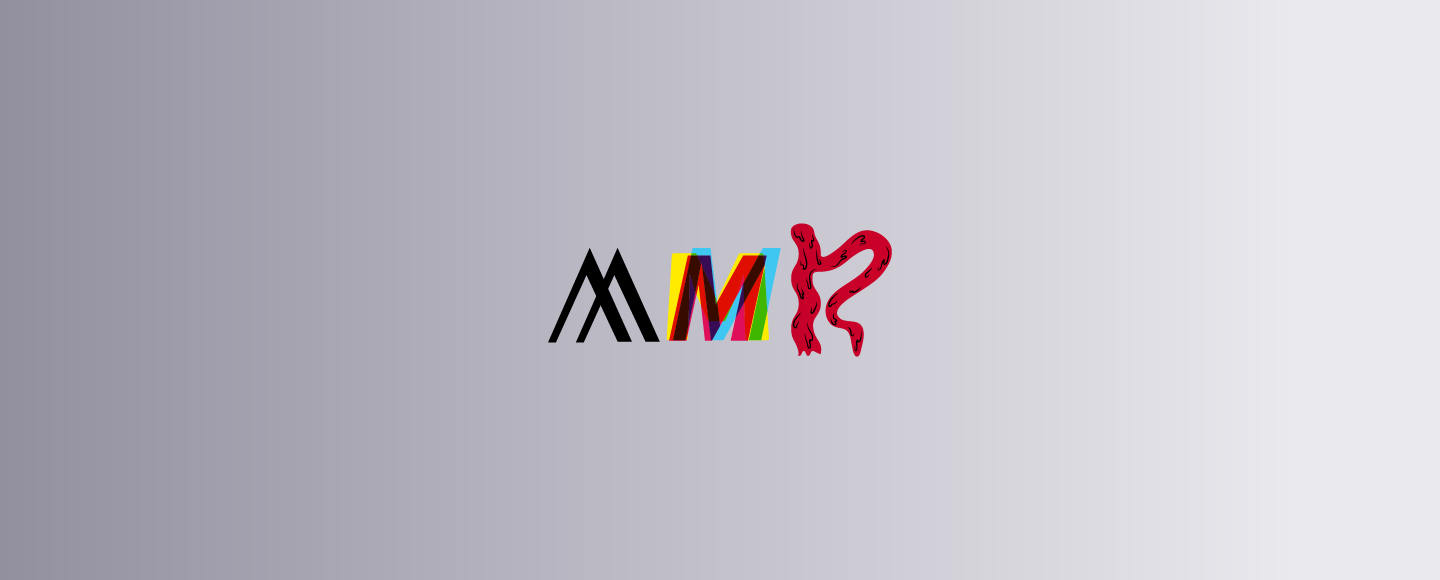Урок №76. 10 Simple and Powerful Body Language Tips for 2013, Part I
В сегодняшнем уроке несколько полезных для деловой коммуникации советов от эксперта по языку тела
by Dr. Carol Kinsey Goman, president of Kinsey Consulting Services, specializing in energizing individuals and organizations to thrive in an environment of constant change. Author of the bestseller The Nonverbal Advantage: Secrets and Science of Body Language at Work , adapted
Body language plays a key role in effective leadership communication. Here are ten tips guaranteed to give you a nonverbal advantage!
1) To boost (to boost — усилить, улучшить) your confidence before an important meeting, replace your smart phone with a newspaper.
Most business professionals understand the importance of projecting confident body language during an important meeting, a job interview, say, or a key sales pitch, but few realize that how they sit while waiting in the reception area has everything to do with their initial impression.
Research from Harvard and Columbia Business Schools shows that holding your body in expansive "high power" poses (standing tall with shoulders pulled back, widening your stance (stance — поза, положение), spreading your arms to expand into space) raises testosterone (the hormone linked to power and self-confidence) and lowers the levels of the stress hormone, cortisol. This hormonal effect is actually reversed (reversed — обратный), the researchers discovered, when you contract (to contract — сжиматься) yourself physically, (hunch your shoulders (to hunch shoulders — втягивать голову в плечи)), tuck your chin down (to tuck one"s chin down — прижимать подбородок к груди), etc.) assuming postures that make you look defensive (defensive — в оборонительной позиции) and lacking in confidence.
Now picture yourself in the reception area where you are waiting for that important meeting. Are you bent over (be bent over sth — склониться над чем-либо) your smart phone, with your elbows pulled into your waist (waist — талия) and your shoulders hunched? Or are you sitting up straight, feet firmly on the floor, arms spread wide holding an open newspaper? And, when you are called into the meeting, which of those two hormones is dominating your body chemistry?
2) To spot a liar, look out for these four "the tell-tale" (tell-tale – красноречивый) signals.
Nonverbal cues (cue — знак, сигнал) to all kinds of unconscious giveaways tend to occur in clusters — a group of movements, postures and actions that collectively point to a particular state of mind. This is crucially true of dishonesty, where one specific cluster of nonverbal signals has been proven statistically to be a highly accurate (accurate – точный (это слово не имеет ничего общего с русским аккуратный (!)). These are: hand touching, face touching, crossed arms, and leaning away (to lean away — откинуться назад). According to research conducted at Northeastern University, if you see these "Telltale Four" being displayed together, watch out!
3) To make a difficult task seem easier, smile.
Charles Garfield, the author of Peak Performance, once coached the Russian Olympic weight-lifting team. Garfield noticed that when team members lifted to exhaustion (exhaustion [ɪg’zɔːsʧ(ə)n] — изнеможение), they would invariably (invariably [ɪn’veərɪəblɪ] — неизменно, во всех случаях) grimace at the painful effort. In an experiment, he encouraged the athletes to smile when they got to that point of exhaustion. This seemingly minor difference enabled them to add 2-3 more reps (reps — повторения) to their performance.
No matter the task, when you grimace or frown while doing it, you are sending your brain the message, "This is really difficult. I should stop." The brain then responds by sending stress chemicals into your bloodstream. And this creates a vicious circle (a vicious circle – замкнутый круг): the more stressed you are, the more difficult the task becomes. Conversely (И наоборот), when you smile, your brain gets the message, "It"s not so bad. I can do this!"
4) To reach an agreement, send early engagement signals.
Parties are more likely to reach an agreement if they begin a negotiation by displaying engaged body language (smiling, nodding, mirroring, open gestures, etc.). Interestingly, that positive result is the same whether the display was the product of an unconscious reaction or a strategic decision.
to be continued
Exercise
1. What tips of those 4 did you find useful?
2. Discuss them with your collegues.
3. Translate following phrases into English
достичь соглашения —
отзеркаливание —
проводить исследования –
неискренность —



